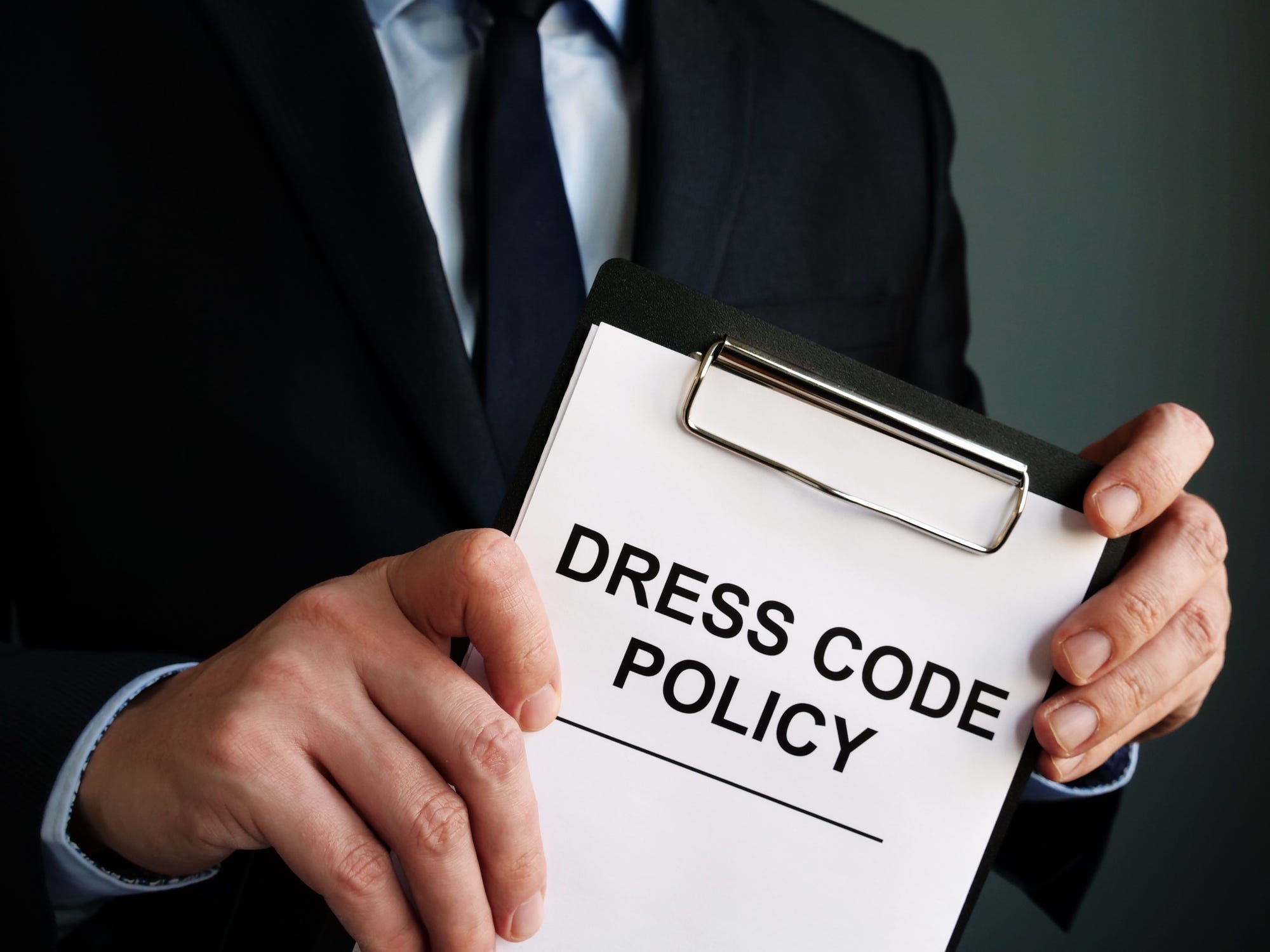Why Your Professional Dress Code Might Want to Loosen Its Tie
For the longest time, official wear to the office was never an issue for debate. It was ingrained in our work culture. We all knew we had to go to work in official wear unless stated otherwise. However, like everything else, with the constant evolution of the world, work culture dynamics are shifting greatly. The conventional work attire for most men was a suit and tie, for women it was skirt suits or official dresses and heels.
For context purposes, we are saying, loosen your tie but don’t wear a t-shirt. It is important to recognize the importance of decent formal dressing. Employee appearance is considered a reflection of the company. According to conventional thinking, strict dress codes (i.e. a suit and tie) convey a sense of authority, responsibility, and trustworthiness. All we are advocating for is comfortability. For instance, walking in heels all day is as strenuous as going uphill. It is therefore not fair to insist that all ladies should show up to work in heels every day, failure to which one shall face disciplinary actions. These ladies can work even better while they are wearing more comfortable shoes.
The men are traditionally required to dorn a suit and tie. A well-fitting suit and tie are considered the utter display of professionalism and manliness. But we know not everyone feels their best in these suits.
So how do you achieve the balance between maintaining a decent work dress code while incorporating comfortability? The term for it is business casual.
If you are still uptight with your company dress code, it’s time for you to get onboard. Financial giant Goldman Sachs in 2019 announced a move to relax its dress code. A very shocking move as banks and financial organizations have been slow to adopt the same laid-back approach to dress code as some other, more creative, sectors.
Just recently, Virgin Atlantic changed its dress code, so female flight attendants no longer need to wear makeup and are now allowed to wear trousers. And, according to a survey conducted by the Society for Human Resource Management, roughly 50% of companies currently have a casual dress code, a 6% increase from 2017 and 18% increase from 2014.
A casual dress code can seem a bit like a risky move. On the other hand, however, providing employees with more flexibility, in terms of what they wear, does have some benefits and may be better suited for the modern workplace.
Adopting a more relaxed dress code can have significant benefits for your organization. It can make your company more attractive to potential employees, promote gender equality, increase morale and even boost productivity.
